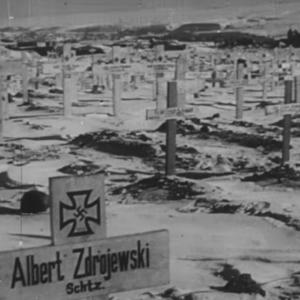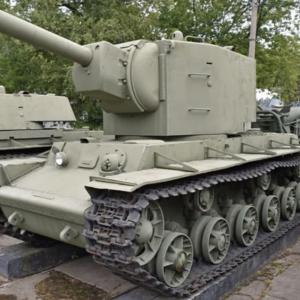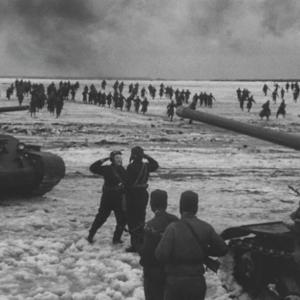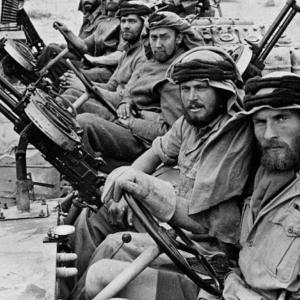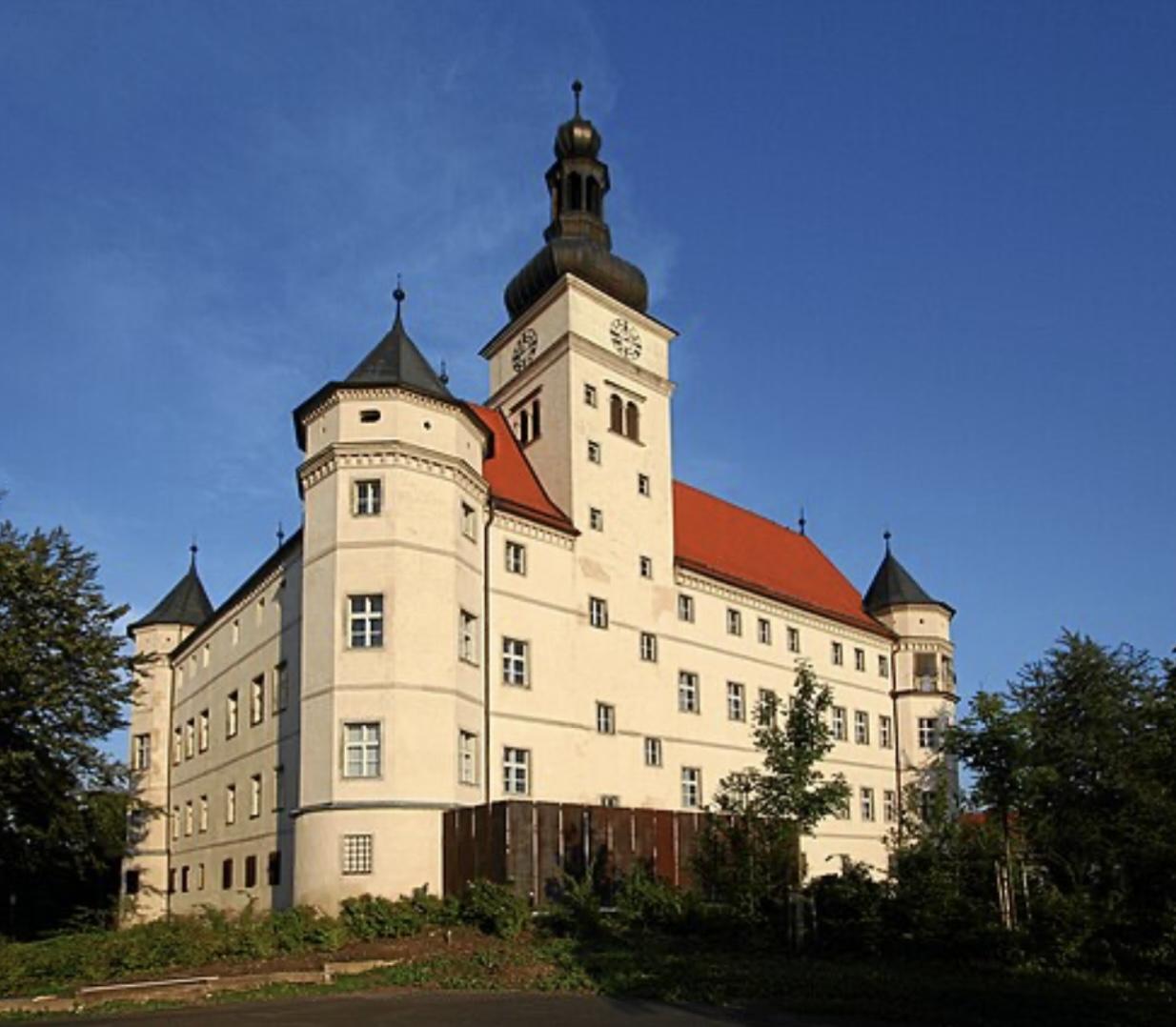
Nazi Euthanasia Program
In 1939, the Nazi regime initiated a secret euthanasia programme aimed at eliminating people considered "life unworthy of life." These were individuals suffering from mental illness, severe physical or intellectual disabilities, and chronic or incurable conditions. The programme was rooted in long-standing ideologies of racial hygiene, eugenics, and a twisted interpretation of social Darwinism. It was designed to purify the German population by removing those deemed genetically or economically burdensome.
The idea for the programme came directly from Adolf Hitler, who signed a secret authorization allowing doctors to grant a so-called "mercy death" to the incurably sick. This document, although signed in October 1939, was deliberately backdated to September 1—the day Germany invaded Poland—to give it a wartime justification. The project was administered through Hitler’s private Chancellery at Tiergartenstraße 4 in Berlin, which later gave the programme its codename: T4.
Hitler appointed Philipp Bouhler, head of his personal Chancellery, and Karl Brandt, his personal physician, to lead the initiative. The process of selecting victims was systematic and bureaucratic. Institutions across Germany and annexed territories received questionnaires to be filled out for every patient. These forms were reviewed not by treating doctors, but by expert panels of physicians who never saw the individuals they were condemning. The criteria included diagnoses of schizophrenia, epilepsy, paralysis, dementia, and other neurological or psychiatric disorders. Patients who had been institutionalized for over five years or who were considered incapable of work were especially targeted.
It is important to understand that the victims of this programme were not from enemy populations or foreign ethnic minorities. Most of them were Germans. These were German citizens—children, adults, and the elderly—killed by their own government. Many came from ordinary German families and had been placed in care institutions either temporarily or permanently. The Nazi regime justified the killings not on the basis of race or nationality, but on perceived biological inferiority and the supposed cost of maintaining unproductive lives. The belief was that these individuals posed a burden on the national community and that their elimination would strengthen the racial and economic health of the German Volk.
The programme began with children. Midwives and doctors were required to report newborns and young children with congenital abnormalities or signs of mental retardation. Many of these children were taken to special pediatric clinics where they were murdered through lethal doses of barbiturates, starvation, or neglect. As the scope expanded, adult patients from asylums and care homes were transported to designated killing centres across Germany and Austria.
These killing centres were carefully designed to conceal their true purpose. Victims were told they were being moved for better treatment. Upon arrival, they were often examined, then led into gas chambers disguised as showers. Carbon monoxide gas was pumped in, killing them within minutes. Their bodies were cremated, and families received urns with ashes and forged death certificates listing false causes such as pneumonia or heart failure.
The reaction of families varied. Some believed the official explanations, especially at the beginning. Others became suspicious when healthy-seeming relatives were suddenly declared dead. Rumors began to spread, particularly in areas near the killing centres, where locals noticed the comings and goings of buses with blacked-out windows and the smoke from crematorium chimneys. The programme also faced moral and religious opposition. One of the most powerful voices of protest came from Bishop Clemens August von Galen, whose public sermons denouncing the murders reached a wide audience. His outcry and the growing unease among the population led to political pressure.
In August 1941, Hitler officially ordered the cessation of the gas chamber operations. However, the killing did not end. The T4 programme simply went underground. Institutional staff continued to kill patients through starvation, overdoses, and neglect, especially in hospitals and asylums. This phase, known as the "wild euthanasia" period, persisted until the final days of the war.
During its most active phase, from early 1940 to August 1941, around 70,000 adults were murdered in the six main killing centres. At least 10,000 children were also killed, and possibly many more. Including the covert killings that continued afterward, the total number of victims is estimated to be between 200,000 and 300,000.
The euthanasia programme served as a precursor to the Holocaust. Techniques developed in the T4 centres—particularly the use of gas chambers—were later used in extermination camps like Auschwitz and Treblinka. Many of the personnel involved in T4 were later transferred to those camps, carrying their methods with them.
The legacy of Aktion T4 is a chilling reminder of how science, medicine, and bureaucracy can be manipulated in service of ideology. It demonstrated the terrifying efficiency with which a state can carry out mass murder under the guise of medical care, and the dangers of devaluing human life based on perceived utility or genetic worth. Perhaps most disturbingly, it revealed how easily a government could turn on its own people—even those most vulnerable—when ideological extremism replaces moral conscience.


